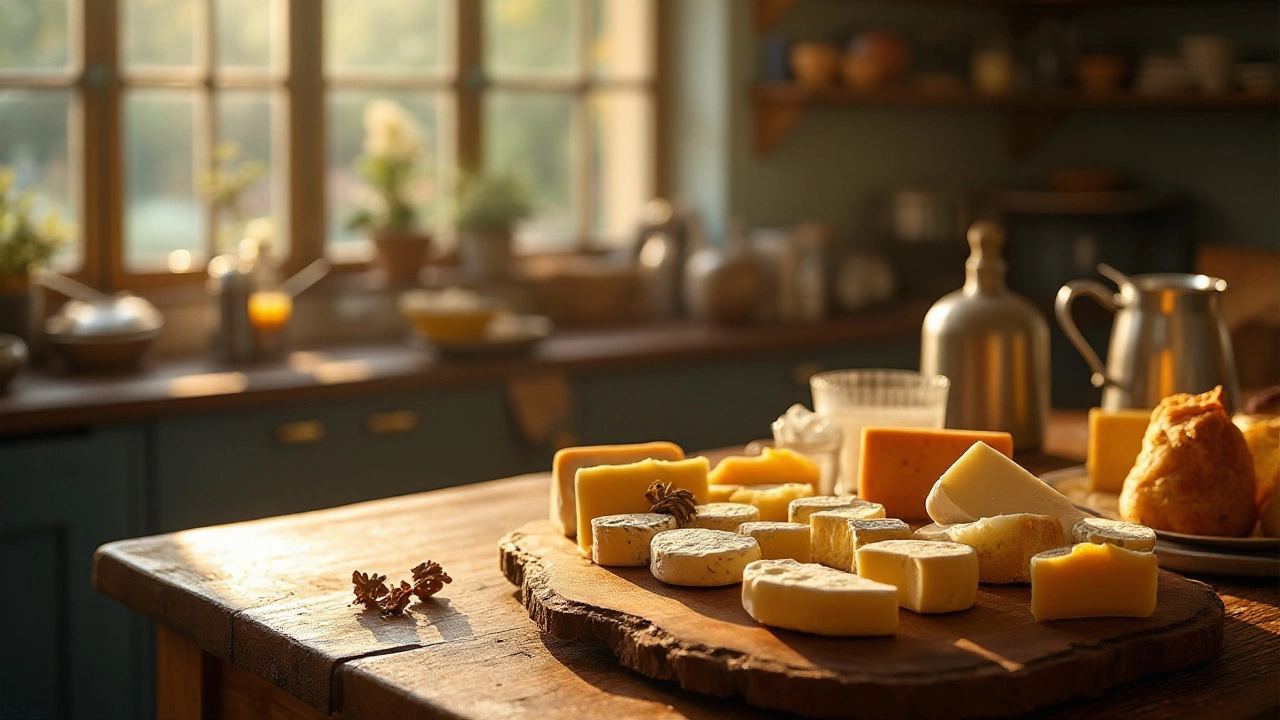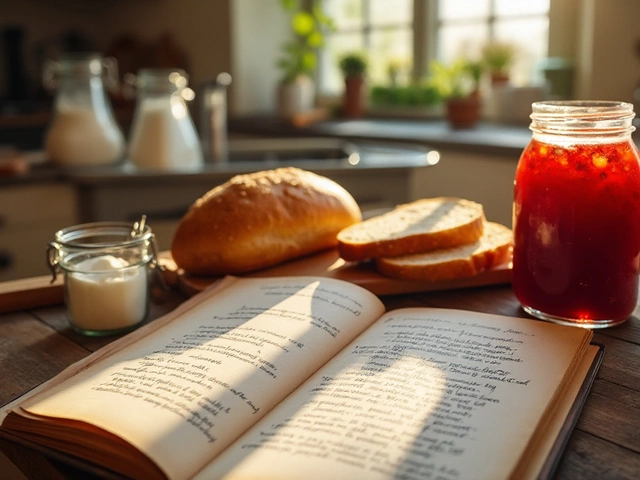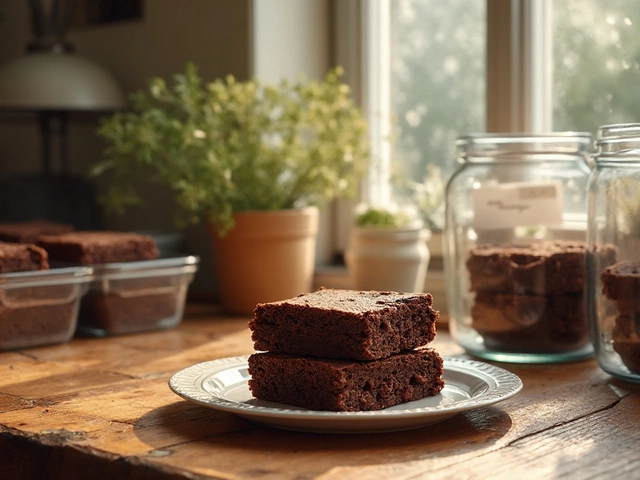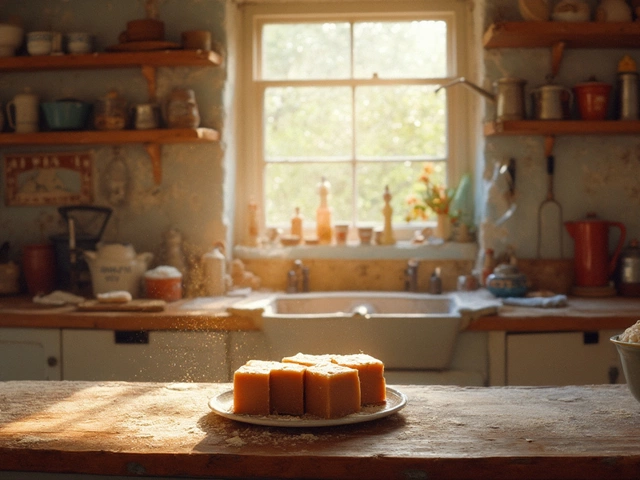Cheese Storage Tips: Keep Your Cheese Fresh Longer
Got a block of cheddar or a tub of cream cheese and wonder how long it will last? The answer is all about how you store it. A few easy steps can keep cheese tasting great and stop waste.
Refrigeration Basics
The fridge is your cheese’s best friend, but not all spots are equal. The ideal temperature for most cheese is 35‑40°F (2‑4°C). Put cheese in the main compartment, not the door, because the door temperature swings every time you open it.
Humidity matters too. Soft cheeses love a little moisture, while hard cheeses prefer a drier spot. If your fridge has a crisper drawer with adjustable humidity, set the soft cheese drawer to high humidity and the hard cheese drawer to low.
Don’t forget the cheese’s original packaging if it’s still good. Manufacturer’s wrap often has a breathable layer that lets excess moisture escape while keeping the cheese safe.
Wrapping & Packaging Hacks
When you need to rewrap, skip the plastic bag. Plastic traps moisture, causing mold and a slimy surface. Instead, use parchment or wax paper. Lay the paper flat, place the cheese on top, and fold it loosely. Then, put the wrapped cheese into a loose‑fit container or a zip‑bag with a few holes punched in it. This combo keeps the cheese from drying out while letting it breathe.
Hard cheeses like Parmesan, Gouda, or Pecorino can handle a firmer wrap. Double‑wrap them: first in parchment, then in a thin layer of aluminum foil. The foil adds an extra barrier against air and odors from other foods.
For pre‑sliced or shredded cheese, keep it in its original resealable bag, but add a paper towel inside to absorb extra moisture. Change the towel every few days.If you notice a tiny speck of mold on a hard cheese, just cut off at least a ¼‑inch (6 mm) margin around it and keep the rest. Soft cheeses don’t get that forgiveness—if mold appears, it’s safest to toss the whole piece.
Finally, label everything. Write the cheese type and the date you opened it on a sticky note. This quick habit stops you from guessing how old it is and helps you use the older cheese first.
Putting these tricks into practice means fewer sad, spoiled cheese moments and more delicious bites on your pizza, sandwich, or cheese board. Keep it cool, keep it breathable, and enjoy the flavor for as long as possible.






